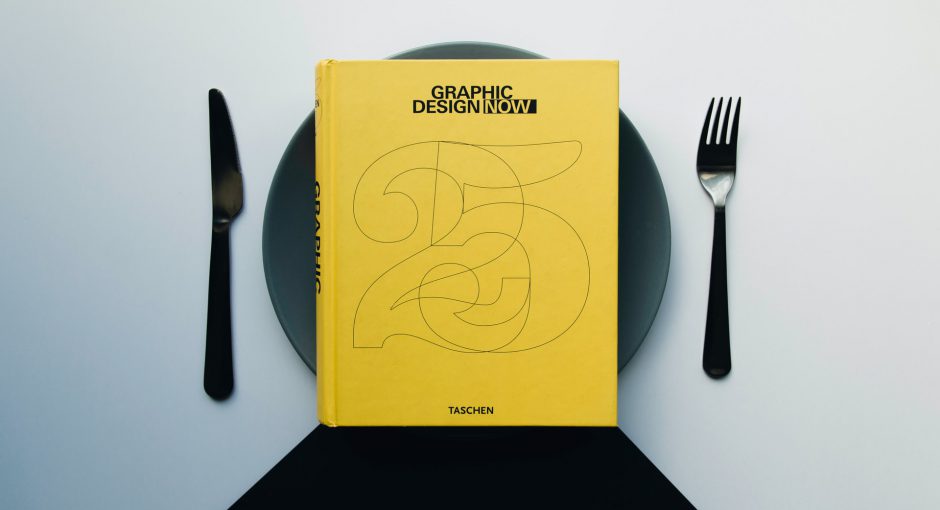Before you begin designing, modifying, and adding icons, get acquainted with the various kinds and their purposes. In your writing, you may utilise visuals to express the following elements:
Objects—A drawing or diagram is required when describing a fuel-injection system. You will need some drawings if you are going to show how to transplant a fruit tree. Visual representations of objects include photographs, drawings, diagrams, maps, and schematics.
Concepts—If you want to demonstrate how the firm is organised, such as how various divisions and management are organised, you might present an organisation diagram, which comprises of boxes and circles linked by lines that indicate how the business is hierarchically structured and connected. This is an example of the philosophical form, which shows non-physical, symbolic things and their connections.
Graphs may be used to represent linguistic words. You have probably seen how some textbooks put key definitions together in a package, maybe with a contrasting colour background. The similar impact may be achieved by using bullet points or long examples.
Creating Graphics That Are Usable
Because visuals are important for comforting and teaching audiences, you will want to make sure that they benefit everyone. If you did not write the old text for your images, for example, a screen reader would not recognise them. Study graphic design online and learn this art without leaving your home.
Someone who is colour-blind (or viewing the content in black and white) might be unable to enjoy the visuals if the wrong colour range was chosen. Choosing a colour that has a bad connotation with another culture often leads in readers getting an unfavourable impression of the visuals.
What are the most common kinds of visuals used in marketing?
Businesses use a wide range of graphic kinds for the aforementioned objectives, from the UI and UX interface elements on their websites to the pictures they provide of digital and physical assets. Graphic components are classified into two types: raster graphics and vector graphics.
- Visual identification graphic design
In this area, we have names, symbols, typography, and colour palettes—in other words, graphic design components that visually identify things at their most basic level.
- Motion Graphics
Although the term “motion graphics” is often used to describe animated video, audio, and associated subtitles, it may also apply to smaller-scale material.
Google’s official YouTube channel has a varied array of motion graphics that illustrate sophisticated, strategically challenging topics like password security and the development of administrator positions.
- Marketing graphic design
Infographics, slide presentations, posters, brochures, and advertisements, as well as any graphic design utilised for promotional or marketing reasons, are all included in this wide category. These assets are well-suited for dissemination through a number of channels, such as email campaigns and blog articles.
- Design of the User Interface/UX
The user interface architecture (UI) defines the basic interfaces through which a user interacts with a website or application. Meanwhile, UX design relates to their entire experience across these encounters (for example, is the UI simple to use?). All interface components must be easy to use and recognise, as well as readily accessible to the typical user, according to UI designers. Furthermore, they use insights and data from past interface implementations to create a more effective problem-solving template for the future.
Photo by Vlad Sargu on Unsplash




